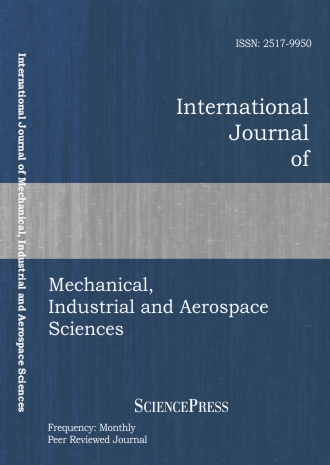
Scholarly
Volume:9, Issue: 7, 2015 Page No: 1235 - 1240
International Journal of Mechanical, Industrial and Aerospace Sciences
ISSN: 2517-9950
1433 Downloads
Applying Kinect on the Development of a Customized 3D Mannequin
In the field of fashion design, 3D Mannequin is a kind of assisting tool which could rapidly realize the design concepts. While the concept of 3D Mannequin is applied to the computer added fashion design, it will connect with the development and the application of design platform and system. Thus, the situation mentioned above revealed a truth that it is very critical to develop a module of 3D Mannequin which would correspond with the necessity of fashion design. This research proposes a concrete plan that developing and constructing a system of 3D Mannequin with Kinect. In the content, ergonomic measurements of objective human features could be attained real-time through the implement with depth camera of Kinect, and then the mesh morphing can be implemented through transformed the locations of the control-points on the model by inputting those ergonomic data to get an exclusive 3D mannequin model. In the proposed methodology, after the scanned points from the Kinect are revised for accuracy and smoothening, a complete human feature would be reconstructed by the ICP algorithm with the method of image processing. Also, the objective human feature could be recognized to analyze and get real measurements. Furthermore, the data of ergonomic measurements could be applied to shape morphing for the division of 3D Mannequin reconstructed by feature curves. Due to a standardized and customer-oriented 3D Mannequin would be generated by the implement of subdivision, the research could be applied to the fashion design or the presentation and display of 3D virtual clothes. In order to examine the practicality of research structure, a system of 3D Mannequin would be constructed with JAVA program in this study. Through the revision of experiments the practicability-contained research result would come out.
Authors:
References:
[1] C. K. Au, and Y. S. Ma, “Garment pattern definition, development and